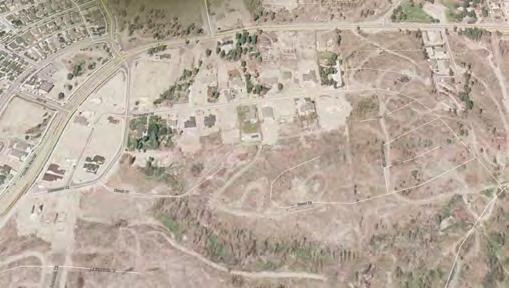7. Improved public health outcomes, especially related to deaths, non-fatal injuries, and posttraumatic stress disorder (PTSD); public health outcomes are expressed in terms of incidents and are then monetized using the acceptable cost to avoid future statistical deaths and injuries 8. Fewer job losses and some job creation 9. Impact on tax revenues 10. Lower environmental impacts 11. Reduced historical and other cultural impacts 12. Reduced costs for emergency response and loss of service to the community, especially for fire stations and hospitals The analysis must aggregate from individual buildings that are characteristic of existing and new construction, reflecting Canadian building practices, existing infrastructure, and current preferences for new construction. It must estimate benefits and costs for partially and fully satisfying the National WUI Guide and validate results to the extent practical from recent Canadian and international experience. The report accepts some limitations for purposes of practicality. Also, for practical purposes, it estimates community-level costs for a community that fully satisfies the National WUI Guide, that is, where every existing house within the wildland-urban interface is retrofitted and every new house built within the wildland-urban interface satisfies the National WUI Guide. 1.3 Organization of the report This chapter has introduced the background and objectives of the study. Chapter 2 presents relevant literature on experience and methods of WUI studies. Chapter 3 describes the methods that the project team employed for the impact analysis. Chapter 4 includes intermediate results, that is, interesting or important quantities calculated during the process of estimating impacts, but that do not qualify by themselves as impacts. Chapter 5 presents conclusions and summarizes the novelties and limitations of this work. Chapter 6 lists the references cited. Appendix A shows how the process of selecting archetype houses used for this analysis seems to satisfy principles recently recommended by the Canadian Home Builders’ Association. Appendix B reflects on the impacts of the National WUI Guide on Indigenous communities. Appendix C highlights the National WUI Guide’s most costeffective recommendations.
3








